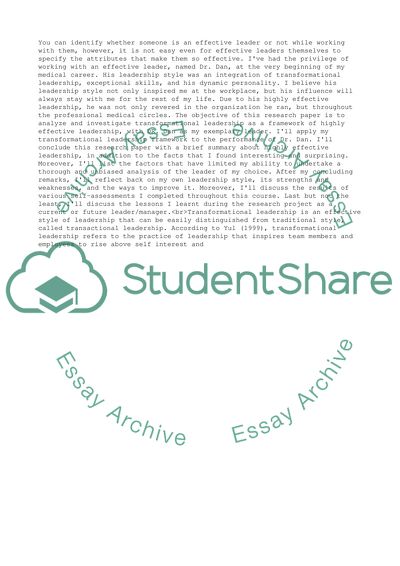Cite this document
(“Leadership Essay Example | Topics and Well Written Essays - 4000 words - 4”, n.d.)
Leadership Essay Example | Topics and Well Written Essays - 4000 words - 4. Retrieved from https://studentshare.org/management/1667992-leadership
Leadership Essay Example | Topics and Well Written Essays - 4000 words - 4. Retrieved from https://studentshare.org/management/1667992-leadership
(Leadership Essay Example | Topics and Well Written Essays - 4000 Words - 4)
Leadership Essay Example | Topics and Well Written Essays - 4000 Words - 4. https://studentshare.org/management/1667992-leadership.
Leadership Essay Example | Topics and Well Written Essays - 4000 Words - 4. https://studentshare.org/management/1667992-leadership.
“Leadership Essay Example | Topics and Well Written Essays - 4000 Words - 4”, n.d. https://studentshare.org/management/1667992-leadership.


